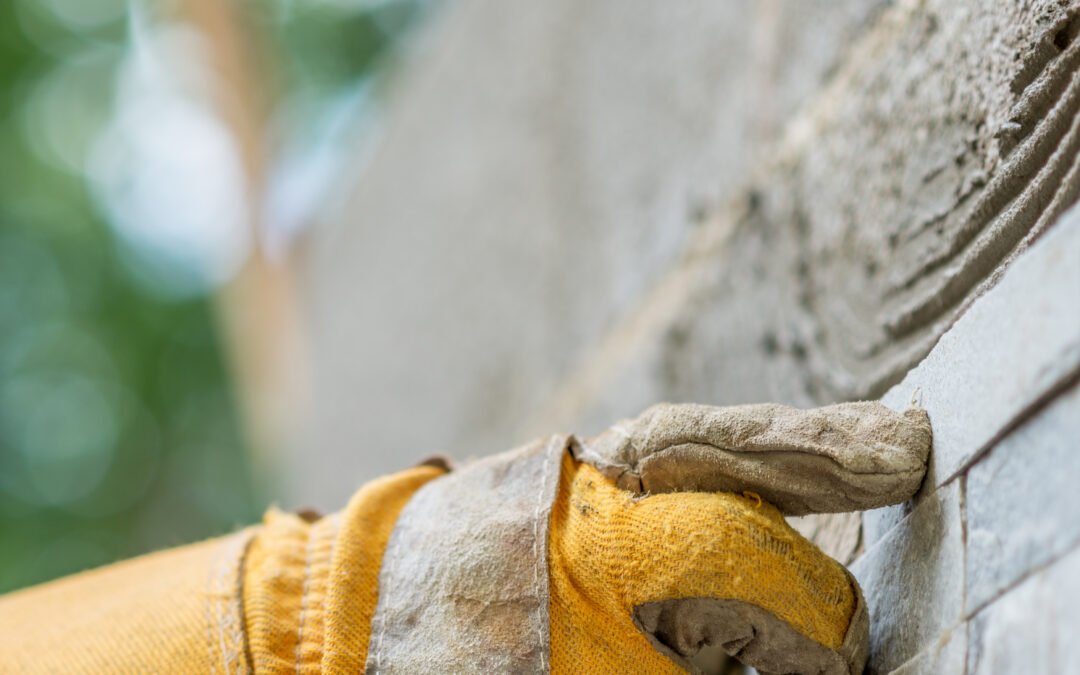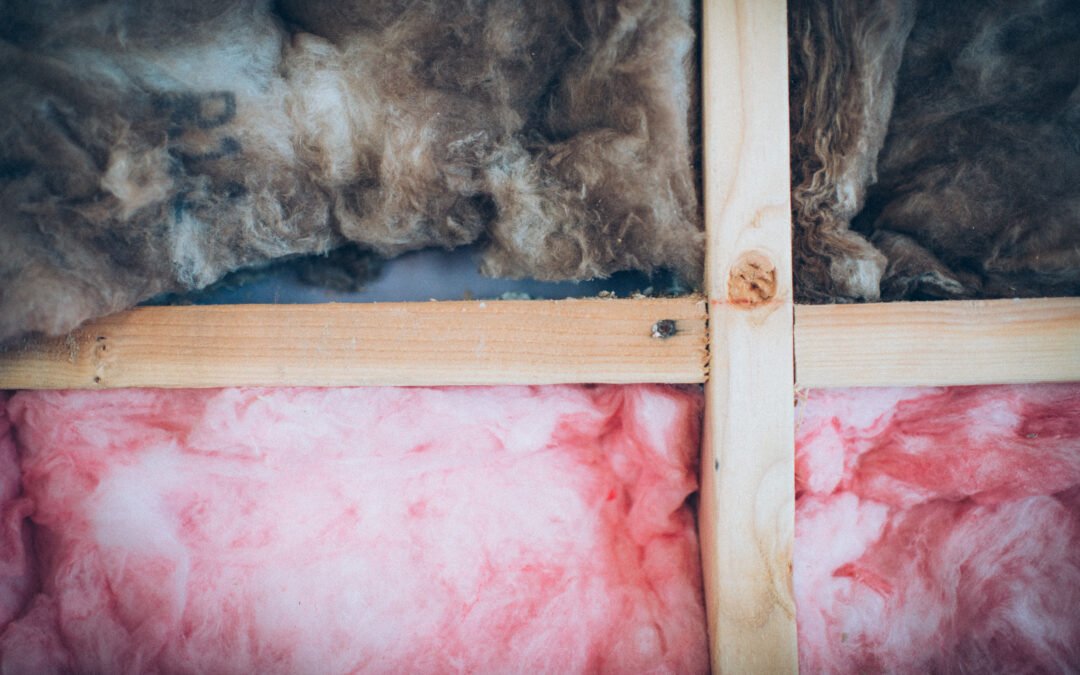Assessing Age: How Old Is Your Insulation?
Insulation materials are key components in maintaining the energy efficiency of a home. However, their effectiveness can diminish over time. Most types of loft insulation, such as fibreglass, cellulose, or foam, have an effective lifespan ranging from 15 to 40 years. It’s crucial to determine the age of your insulation to assess whether it’s due for a replacement. Homes with insulation installed decades ago may no longer meet current building regulations or energy efficiency standards, leading to increased heating bills and reduced comfort.
Checking the age of your insulation can often be done by looking at installation dates on the material or consulting with a professional. If records aren’t available, a rule of thumb is to consider replacing insulation if your home is over 20 years old and has never had an insulation upgrade. This proactive step can prevent a myriad of issues that come with old, degraded material.
Benefits of replacing old insulation include enhanced thermal regulation in your home, reduced strain on heating and cooling systems, and potentially significant savings on energy bills. Furthermore, modern insulation materials are often made from more environmentally friendly substances, improving the overall eco-friendliness of your home.
Checking for Moisture and Water Damage
Water damage and moisture are among the top culprits for insulation degradation. When insulation becomes wet, it loses its thermal resistance capabilities, which can drastically decrease its efficiency. Moisture in loft insulation can come from leaks in the roof, condensation, or even through rising dampness. Continual exposure to water can lead to the growth of mould and mildew, which not only damages the insulation further but can also pose health risks.
During an inspection, look for any signs of water damage or damp patches on the insulation materials. The presence of such damage usually means that the insulation will not perform optimally and should be replaced. Ensuring that your loft is free from leaks and has adequate ventilation can prolong the life of the insulation and safeguard the loft’s structural integrity.
The benefits of replacing water-damaged insulation are immediate and impactful. By restoring the loft’s insulation, you help maintain a consistent indoor temperature, protect against structural damage from mould and rot, and improve air quality inside your home. This investment not only preserves the longevity of the building but also enhances living conditions for all occupants.
Noticeable Decline in Energy Efficiency
If you’ve noticed your heating or cooling bills creeping up without an increase in utility rates, it might be time to check your loft insulation. Deteriorating insulation fails to prevent heat transfer, forcing your heating and ventilation systems to work harder to maintain desired temperatures. This inefficiency directly impacts energy consumption and costs.
Monitoring your energy bills for unexpected fluctuations can provide initial clues about the state of your insulation. Insulation that is no longer performing effectively will lead to marked changes in energy usage, particularly during seasons of extreme temperatures. A professional energy audit can also provide a detailed analysis of where heat loss is occurring and the efficiency of your existing insulation.
Replacing underperforming insulation will not only stabilize your energy bills but also enhance the comfort levels within your home.
It ensures that heat distribution is more uniform, eliminating hot or cold spots that can be particularly noticeable in winter or summer. Furthermore, it contributes to reducing your carbon footprint by minimizing the energy required to heat or cool your home.
Uneven Heating or Cooling in Your Home
If certain rooms in your home are noticeably colder or warmer than others, this may indicate issues with your loft insulation. Uneven heating and cooling are signs that insulation might be improperly installed, insufficient, or degraded. This can lead to significant discomfort, particularly in extreme weather conditions, and could affect your household’s overall well-being.
Inspecting the distribution and thickness of your loft insulation can reveal gaps or areas where insulation has become compacted or moved. These discrepancies often explain why temperature regulation varies from room to room. Ensuring that insulation covers the loft uniformly and meets recommended standards for thickness can solve many of these issues.
By addressing the uneven insulation, homeowners can achieve a more balanced indoor climate, reducing the need for supplementary heating or cooling devices in certain areas. This not only contributes to energy savings but also significantly enhances the comfort and habitability of your home, ensuring that all rooms are equally welcoming and comfortable throughout the year.
Visible Deterioration or Sagging Material
Physical inspection of your loft insulation can reveal visible signs of deterioration such as sagging, thinning, or even disintegration. These indications suggest that the insulation is no longer structurally sound and is likely failing to provide adequate thermal resistance. Insulation that has sagged or compacted over time will have reduced effectiveness because the air pockets, which help to trap heat, are diminished.
Sagging or deteriorated insulation is often due to age, but it can also be accelerated by moisture or pest infestations. It’s important to replace this insulation promptly to prevent further energy inefficiency and potential damage to the surrounding structures. Regular checks and maintenance can help identify these issues before they develop into more serious problems.
Replacing sagging or deteriorated insulation restores its functionality and structural integrity. This not only improves thermal performance but also enhances the overall safety and durability of your loft space. Upgrading to newer materials can also provide better fire resistance and lower toxicity levels, contributing to a safer home environment.
Increasing Presence of Pests in the Loft
The presence of pests such as mice, rats, or insects in your loft can be a sign that your insulation needs replacing. These pests can burrow into and degrade the material, compromising its effectiveness. Pest infestations not only reduce insulation efficiency but can also pose significant health risks through the spread of allergens and diseases.
It’s advisable to inspect loft insulation regularly for any signs of pest activity, including droppings, nesting materials, or actual sightings of the pests themselves. If infestation is evident, it’s crucial to address both the pest problem and the condition of the insulation. Neglecting this can lead to more severe damage and contamination.
Replacing pest-infested insulation will help restore the hygienic conditions of your loft and ensure it continues to function effectively as a thermal barrier. Additionally, modern insulation solutions often include treatments that are resistant to pests, providing long-lasting protection and peace of mind for homeowners.
Unpleasant Odours Emanating from the Loft
Unpleasant odours emanating from the loft can be an indicator of compromised insulation. These odours may be due to mould and mildew growth, which thrive in damp, poorly insulated environments. Not only does this affect air quality, but it can also signify that the insulation is unable to keep moisture out, thus failing to perform its key functions.
The source of these odours should be identified and addressed immediately. If the insulation is the cause, replacing it can eliminate the odours and prevent further moisture-related issues. It’s also an opportunity to upgrade to insulation with better moisture resistance, which can offer a more durable solution against humidity and mould.
Installing fresh, high-quality insulation removes sources of bad smells and contributes to a healthier indoor environment. This change can significantly improve the air quality within your home, reducing potential health risks associated with poor air quality and ensuring a more pleasant and fresh living space.
Discolouration or Staining of Insulation
Discolouration or staining on loft insulation is often a sign of ageing or damage, typically associated with moisture issues or pest infestations. These stains can indicate that the insulation material is breaking down or that contaminants are present, which can severely diminish its effectiveness.
Examining your loft insulation for any unusual changes in colour or the presence of stains should be a part of regular home maintenance. This can help pinpoint areas where leaks or condensation are occurring, or where pests may be causing damage. Addressing these signs early can prevent more extensive and costly repairs later on.
Replacing stained or discoloured insulation not only helps in maintaining optimal energy efficiency but also prevents potential health hazards. New insulation will not have the contaminants that old insulation might have accumulated, thus ensuring cleaner air circulation through your home and a more effective barrier against the elements.




